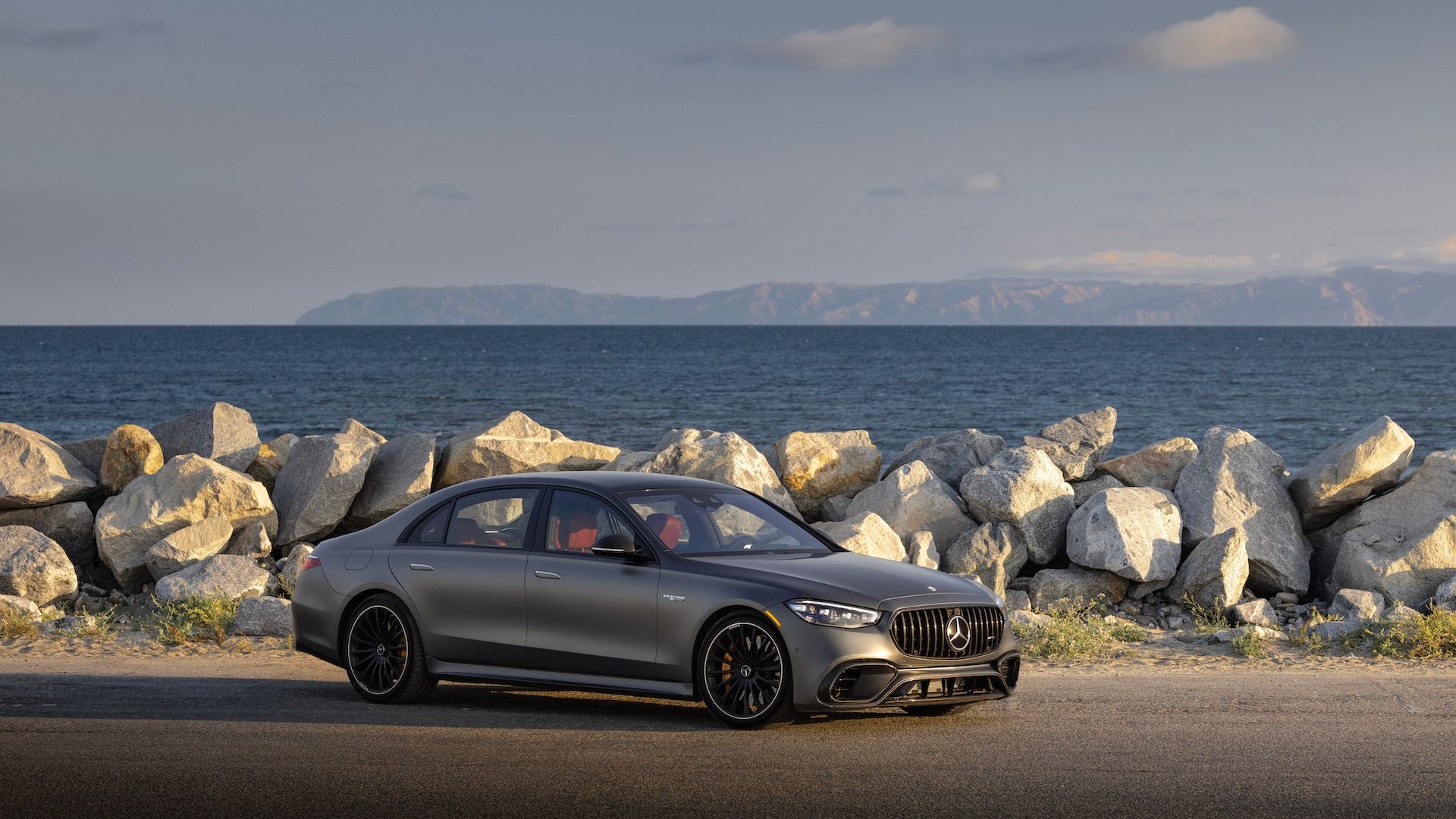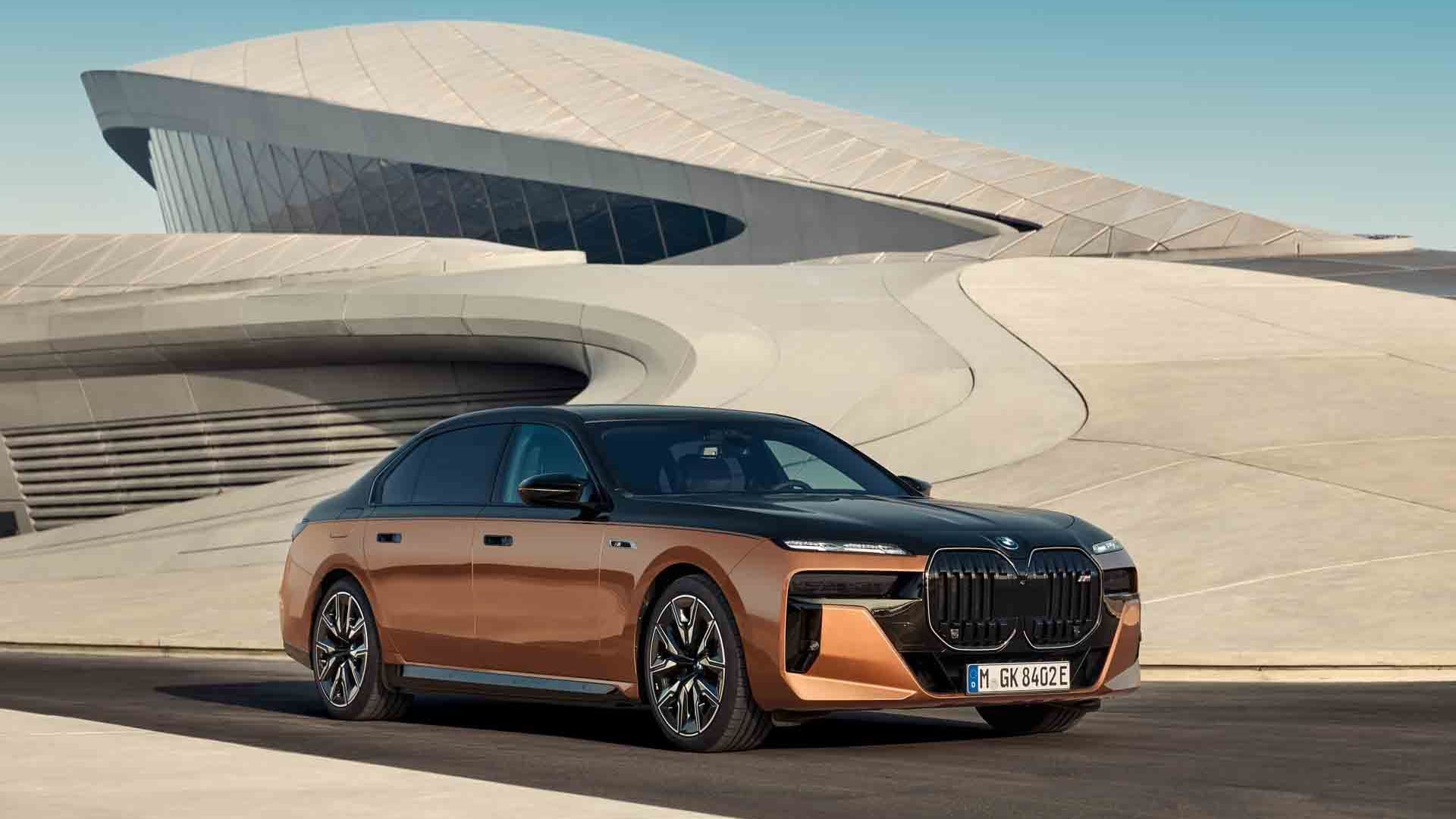Daimler's Smart brand has faced many challenges in the past, but overcoming common perception is probably toughest of all. So used to huge SUVs and pickups are many customers, that they refuse to believe anything as small as the Smart Fortwo can be safe.
MUST SEE: Lamborghini Veneno Roadster Delivered In Germany: Gallery, Video
Smart has always contested this, and its latest video is its latest attempt to highlight the safety of the all-new 2016 ForTwo. To do so, it has crashed the new city car into the biggest sedan the company makes--the Mercedes-Benz S-Class. The test is representative of the kind of crash tests usually performed by safety agencies, albeit typically against a solid concrete block. Each car is positioned at an offset to the other--a tough test, as it focuses energy on a smaller point of the vehicle than a full head-to-head crash, where energy is transferred around the vehicle's entire frame.
And there's quite a bit of energy to absorb. At 5,088 pounds, the S-Class has 2.1 times the mass of the 2,478 lb Smart. For the record, the new Smart is a good 400-500 lbs heavier than its predecessor. That should make it less of a 'pinball' in an accident, but does mean the small frame has greater energy to dissipate in an accident. In this case, that's 108 kilojules in the 28 mph test. The Mercedes has over 222 kJ of kinetic energy at the same speed.
It's clear to see the effect this energy has in the super slow-motion footage. As the two cars collide, the Smart is stopped instantly and on its short wheelbase, lifts its rear tires off the ground. The Mercedes, by comparison, continues on for much longer. Each car though also shows the benefits of its design. The S-Class absorbs damage dealt by the Smart in the length of its hood. The Smart, with less length to absorb such impacts, fares visually worse--though it's clear in the footage that Smart's 'Tridion' safety cell has acted in the way it was designed to. The driver's door, for instance, remains intact, if slightly displaced. And kinks are visible in the safety cell, showing where impact energy has been dissipated around the cabin, rather than through it -- in turn lessening forces within the passenger cell.
CHECK OUT: Poll: What Is YOUR Ultimate Muscle Car?
Unfortunately, the video doesn't go into a great deal of detail, but Daimler describes forces on the car's occupants as being "within biomechanical limits"--in other words, risk of injury is relatively low. The test does have its limits--the closing speed is representative of cities rather than rural highways, and few accidents are quite as perfectly 'fifty-fifty' as a laboratory test. It won't be enough to convince some people, in other words--but it's evidence that even the smallest of vehicles benefits from big-car safety features these days.



